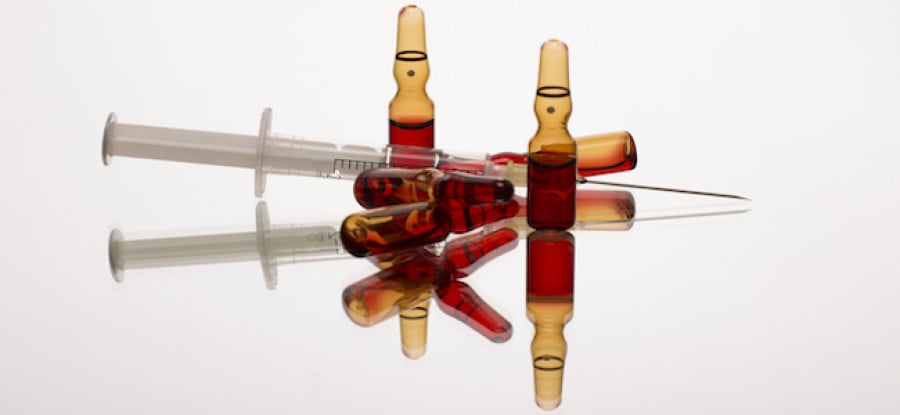Key changes in WADA’s 2018 Prohibited List: IVs & Gene Doping

On 29 September 2017, the World Anti-Doping Agency (WADA) published the 2018 List of Prohibited Substances and Methods (the Prohibited List),1 which will come into force on 1 January 2018. They have also published a Summery of Major Modifications and Explanatory Notes2.
The key reason for the announcement (and indeed publication) of the 2018 Prohibited List some three months prior to it coming into force is to ensure that all stakeholders, athletes and other individuals working in sport have sufficient time to familiarise themselves with the List and the modifications to it. Indeed, WADA President Sir Craig Reedie has publically urged that
"all athletes and entourage take the necessary time to consult the List" and appealed to them to "contact their respecting anti-doping organisations (ADOs) if they have any doubts as to the status of a substance or method."3
Given the enhanced media spotlight on doping in sport over the previous twelve months, these comments by Sir Reedie will hopefully go some way to ensuring that education around anti-doping for athletes and their "entourages" remain high on the agenda of all sports across the world.
This article briefly summarises the key modifications and changes in the 2018 Prohibited List.
To continue reading or watching login or register here
Already a member? Sign in
Get access to all of the expert analysis and commentary at LawInSport including articles, webinars, conference videos and podcast transcripts. Find out more here.
Related Articles
- A heavyweight doping battle between Tyson Fury, VADA, UKAD and the BBBoC
- Is there a greater duty to protect MMA fighters against harm from doping fighters? Mark Hunt v UFC
- WADA lifts partial suspension of UCLA Laboratory’s accreditation
- WADA Executive Committee ratifies Board Membership for Independent Testing Authority
Written by
Philip Hutchinson
Phil is a Senior Associate at Mills & Reeve specialising in sports litigation and sports regulatory matters, with a particular focus on the football industry. Phil has worked on a number of high profile integrity/match fixing and doping cases across a variety of sports and also regularly advises football clubs, agents and players on transfers, most notably where work permits are required.




